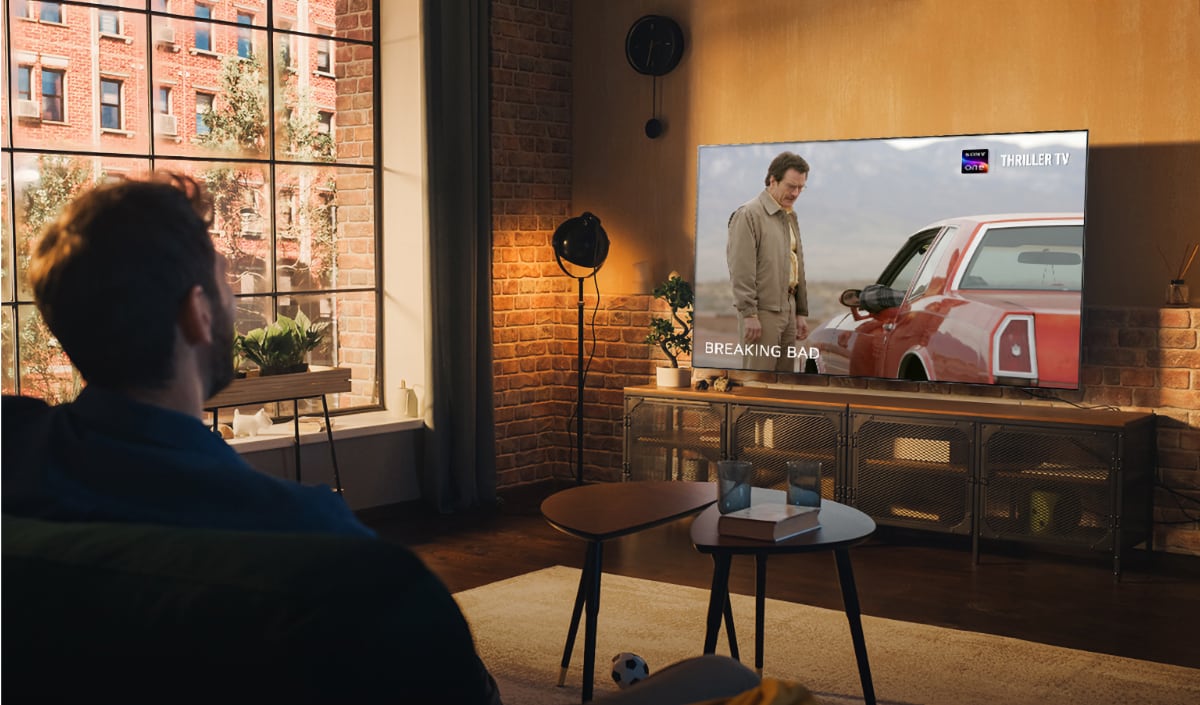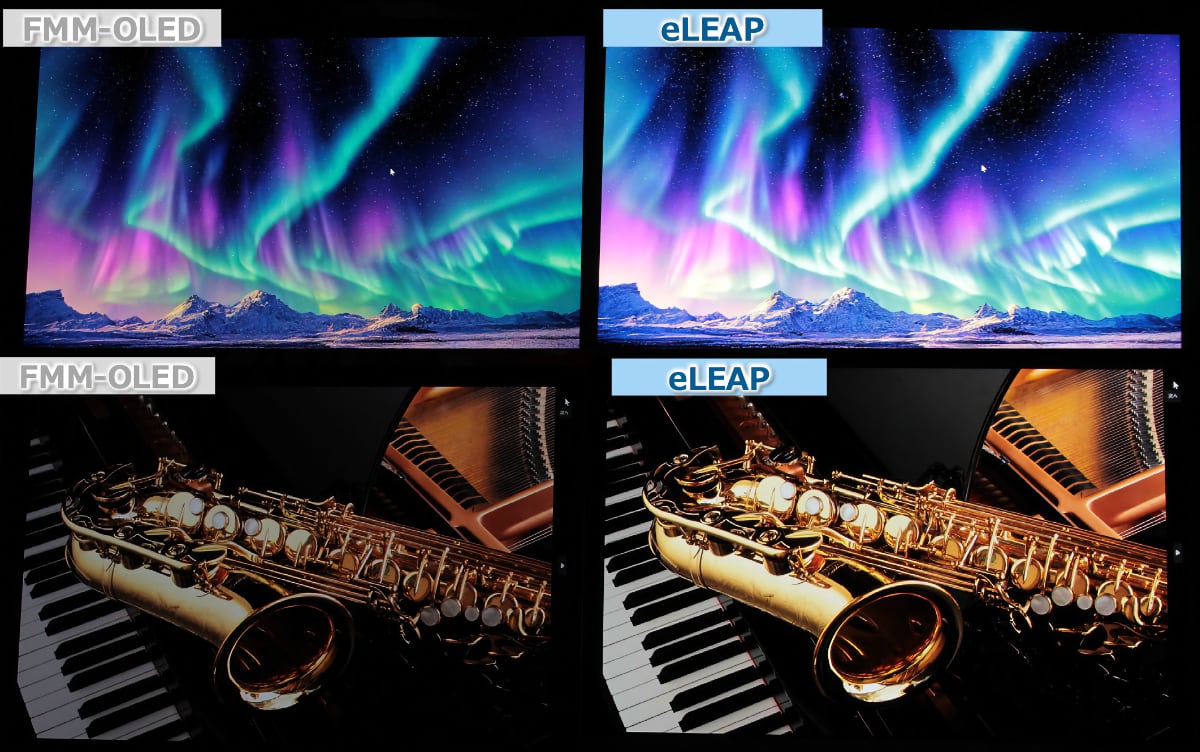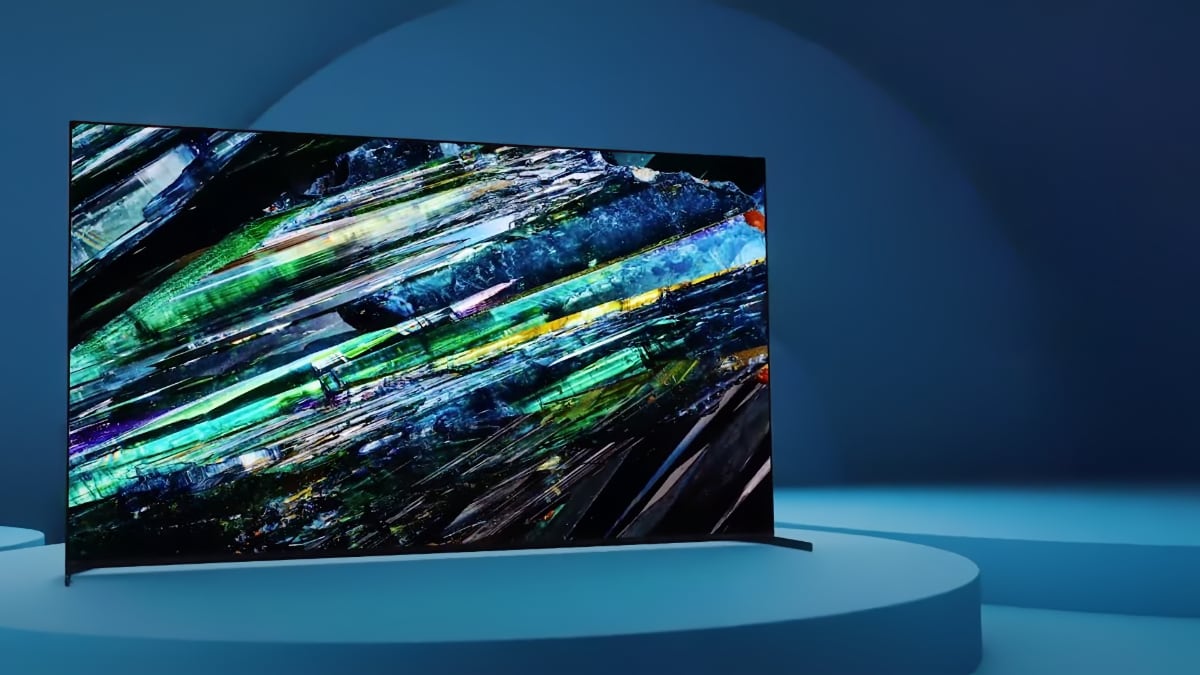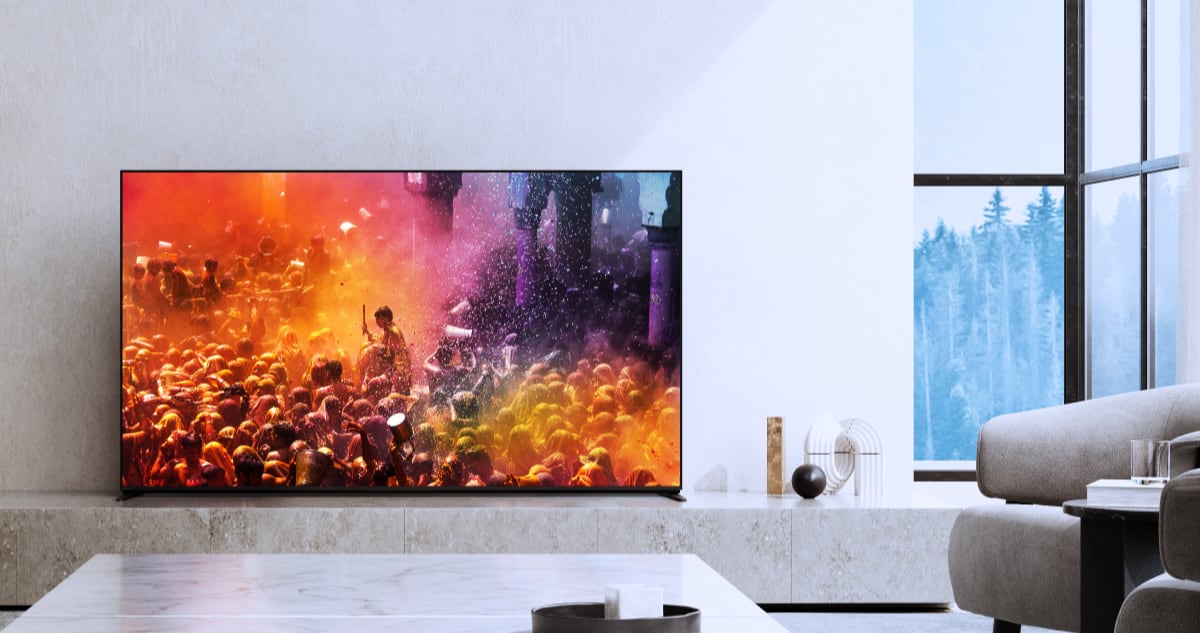Samsung and Google have unveiled their new smartphone called Galaxy Nexus. In this article take a look at the 4.65-inch Super AMOLED display with 1280x720 HD resolution, and explain why it is not as awesome as it sound.
Note: This article was released yesterday in another version. We apologize for the mix-up. This is the updated version.
Galaxy Nexus with curved 4.65" OLED screen
In the past few years we have written a lot about the OLED technology here at FlatpanelsHD. OLED is widely considered the next breakthrough in display technology, and the successor to LCD technology. After some years with weak economics, where manufacturers have put OLED development on-hold, they are finally ready for mass production of OLED displays for mobile devices.
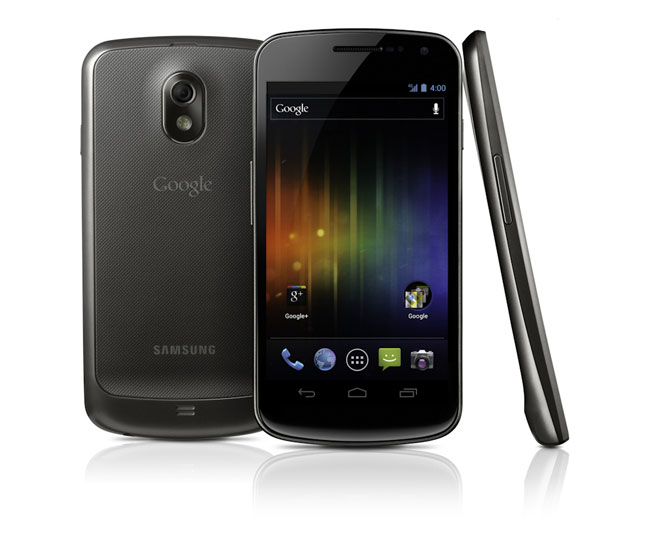
Galaxy Nexus with HD Super AMOLED
Samsung and Google's new Galaxy Nexus is not the first smartphone to incorporate an OLED display but it still stands out in several areas. Samsung develops and produces the Super AMOLED display themselves. In a previous article we discussed the difference between Super AMOLED and Super AMOLED Plus in Samsung's OLED tablets, and that discussion becomes relevant once again for Galaxy Nexus – because Galaxy Nexus comes without the Plus addition. Continue reading to learn why this is important.
The OLED screen measures 4.65-inches and uses a 1280x720 HD resolution. The screen size is probably too large for the typical consumer but it delivers a lot of pixels – at least on paper. It has 315 ppi (pixels per inch), which is slightly lower than the Apple iPhone 4 and iPhone 4S, which has a pixel density of 326 ppi. One would imagine that this qualifies as a "Retina Display" (because it is over 300 ppi and viewed from 10-12 inches) but actually it does not.
Because we are talking about a Super AMOLED display and not a Super AMOLED Plus, the display is based on a so-called PenTile pixel structure, where pixels share subpixels. A PenTile OLED panel was recently introduced with the Samsung Galaxy Note, and we were not impressed. In real world PenTile means loss of details and sharpness, as well as a bluish/greenish tint around letters (depending on the background color). See how it looked on the Galaxy Note in the picture below.
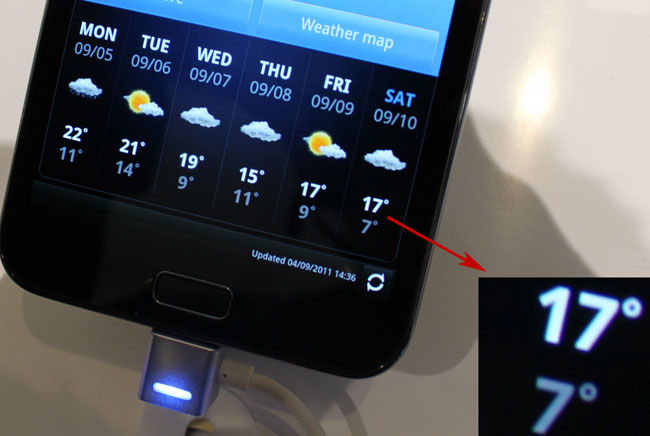
Super AMOLED from up-close – notice how the text has a blue tint in the right side and a green tint in the left side
One might argue that the high pixel density on the Galaxy Nexus annuls the blurry effect but Galaxy Note has a ppi value close to 300 ppi as well, and it was easily spotted on that device. So, if you do the math you will get these numbers
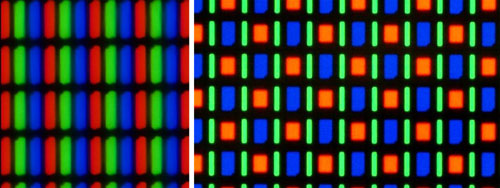
Super AMOLED Plus (to the left) ensures perfect detailing and text reproduction. Super AMOLED without Plus (to the right) shares sub pixels making text appear fuzzy
Galaxy Note: 1280x800x2 = 2.048.000 subpixels
Galaxy S II: 800x480x3 = 1.152.000 subpixels
Galaxy Nexus: 1280x720x2 = 1.843.200 subpixels
iPhone 4/4S: 960x640x3 = 1.843.200 subpixels
And if you calculate the real pixel density you will find that the Galaxy Nexus is actually closer to a “real” ppi value of 200, which is just slightly higher than on the Galaxy S II (that uses a Super AMOLED Plus with RGB pixel structure). Some claim that a PenTile panel needs around 420 ppi to qualify as a Retina display and that is probably also the reason why Retina is nowhere to be found on the specs sheets of neither Galaxy Note nor Galaxy Nexus. If you are keen on a Samsung smartphone you might even find that the screen in the Galaxy S II is better. But the iPhone 4 and iPhone 4S still lead the pixel race. Some people say they never notice the PenTile pixel structure but it is just like a stain in a carpet; once you see it, it is hard to disregard.
On the Super AMOLED screen in Galaxy Note we also noticed that the panel had a bluish tint when viewed from an angle. This has not been confirmed for Galaxy Nexus but it probably shows the same characteristics. Some people seem to argue that PenTile panels are less power-hungry, but that is not true either – actually it is the other way around. However, the Super AMOLED panel inside Galaxy Nexus should still provide fantastic black depth and minimal motion blurring, and these picture characteristics are certainly impressive, but it is the complete package that counts, right?
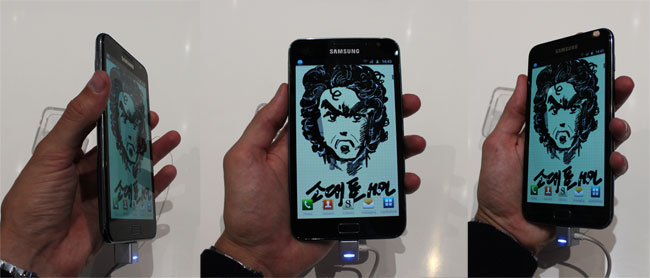
Super AMOLED from up-close – notice how the panel becomes blue / green from when viewed from an angle
Samsung/Google states that Galaxy Nexus has a slightly curved screen but the same was said for the Nexus S where it was later revealed that only the front glass was curved – not the actual display panel. However, OLED displays can become flexible when deposited on plastic substrates (instead of glass).
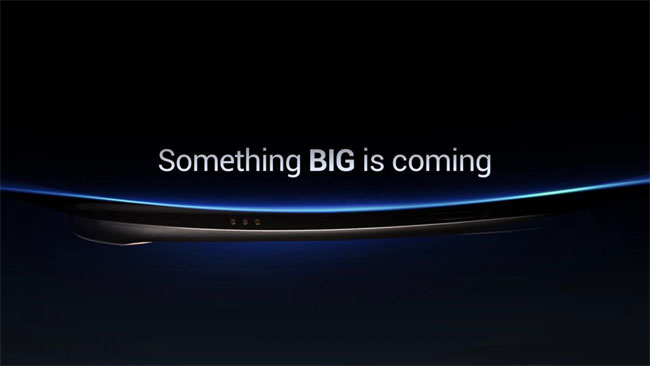
Samsung teased this design but the extraordinary curved design failed to materialize
So, the HD Super AMOLED display in the new Galaxy Nexus is not as awesome as it sounds – unfortunately. And the reason that people do not call it a Retina display should seem much more obvious to you now that you know the underlying technical structure. In the Samsung Galaxy Note article we said that we hoped that the Galaxy Note would be the last device to incorporate a PenTile panel but unfortunately Samsung has extended it to the Galaxy Nexus. We are extremely excited about the OLED display technology but before we are ready to embrace it we need Samsung’s Super AMOLED screen to move on to a RGB pixel structure and become “Plus”-versions.
Besides the HD Super AMOLED display, the phone also comes with a 1.2 Ghz Dual-Core processor the new Android 4.0 Ice Cream Sandwich OS.
Added: This is Samsung's own grahpic illustrating an "Ordinary OLED" (read: PenTile) and Super AMOLED Plus (Read: RGB)
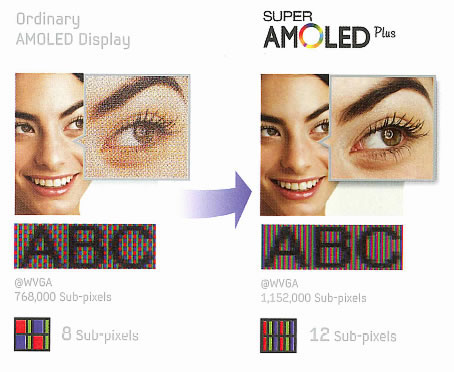
Samsung's own illustration of the sub pixel structure in their OLED panels
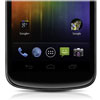 Galaxy Nexus with curved 4.65" OLED display
Galaxy Nexus with curved 4.65" OLED display







